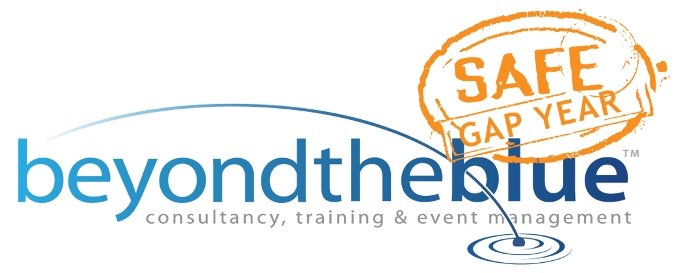.jpg)
Title – Seahorse
Date – May 2006
Location - Malapascua Island - Philippines
This bright yellow Tigertail seahorse (Hippocampus comes) is just one member of the seahorse family and can be found amongst the most beautiful reefs in the Philippines. But as much as Seahorses are a peculiarity to us and fascinate us by their truly bizarre evolution, they have also fascinated other cultures which have seen the peculiarity slightly differently.
Sea horses used to be readily available as tourist trinkets, in a very similar way to the still hugely damaging sea shell industry. You could (and in some destinations still can) buy them dried and ready to go. Fortunately tourists have in the most part woken up to not only how unattractive an object a dried seahorse is, but also how endangered they were becoming; as a result less and less people are perpetuating this trade.
However the seahorse like many endangered animals faces an even greater threat; Chinese traditional medicine. Although due to it’s size Chinese medicine takes most of the blame for annual harvests of sea horses, Japan, Hong Kong, Taiwan and Korea also practice versions of this traditional medicine. Jamu medicine in Indonesia and folk medicine in the Philippines also use these delicate and shy little animals to treat a range of conditions, including respiratory disorders such as asthma, impotence and other sexual dysfunctions, and general lethargy and pain.
Although statistics are difficult to verify, as much of the trade is illegal and unregistered, it is believed that somewhere in the region of 70 metric tonnes of sea horses were harvested in 2001 alone. That is the equivalent of roughly 25,000,000 sea horses harvested in that one year. Population estimates indicate that sea horse numbers declined by some 50% in the 1990’s and in specific location like the Philippines that figure is estimated to be in the region of 70%.
At Beyond The Blue we believe in informing candidates through our Gap Year and Independent Travel Safety & Awareness workshop not only how to travel is safety, but also to travel responsibly. We understand that people often want to visit areas of the world where these ethical or environmentally responsible principles are not always met by local populations, but that does not prevent travellers from not adding to these problems; we examine ways of ensuring that the impact we have, when travelling, is a positive one.
Please visit our website at www.safegapyear.com
Image – ©Peter Mayhew
Date – May 2006
Location - Malapascua Island - Philippines
This bright yellow Tigertail seahorse (Hippocampus comes) is just one member of the seahorse family and can be found amongst the most beautiful reefs in the Philippines. But as much as Seahorses are a peculiarity to us and fascinate us by their truly bizarre evolution, they have also fascinated other cultures which have seen the peculiarity slightly differently.
Sea horses used to be readily available as tourist trinkets, in a very similar way to the still hugely damaging sea shell industry. You could (and in some destinations still can) buy them dried and ready to go. Fortunately tourists have in the most part woken up to not only how unattractive an object a dried seahorse is, but also how endangered they were becoming; as a result less and less people are perpetuating this trade.
However the seahorse like many endangered animals faces an even greater threat; Chinese traditional medicine. Although due to it’s size Chinese medicine takes most of the blame for annual harvests of sea horses, Japan, Hong Kong, Taiwan and Korea also practice versions of this traditional medicine. Jamu medicine in Indonesia and folk medicine in the Philippines also use these delicate and shy little animals to treat a range of conditions, including respiratory disorders such as asthma, impotence and other sexual dysfunctions, and general lethargy and pain.
Although statistics are difficult to verify, as much of the trade is illegal and unregistered, it is believed that somewhere in the region of 70 metric tonnes of sea horses were harvested in 2001 alone. That is the equivalent of roughly 25,000,000 sea horses harvested in that one year. Population estimates indicate that sea horse numbers declined by some 50% in the 1990’s and in specific location like the Philippines that figure is estimated to be in the region of 70%.
At Beyond The Blue we believe in informing candidates through our Gap Year and Independent Travel Safety & Awareness workshop not only how to travel is safety, but also to travel responsibly. We understand that people often want to visit areas of the world where these ethical or environmentally responsible principles are not always met by local populations, but that does not prevent travellers from not adding to these problems; we examine ways of ensuring that the impact we have, when travelling, is a positive one.
Please visit our website at www.safegapyear.com
Image – ©Peter Mayhew















